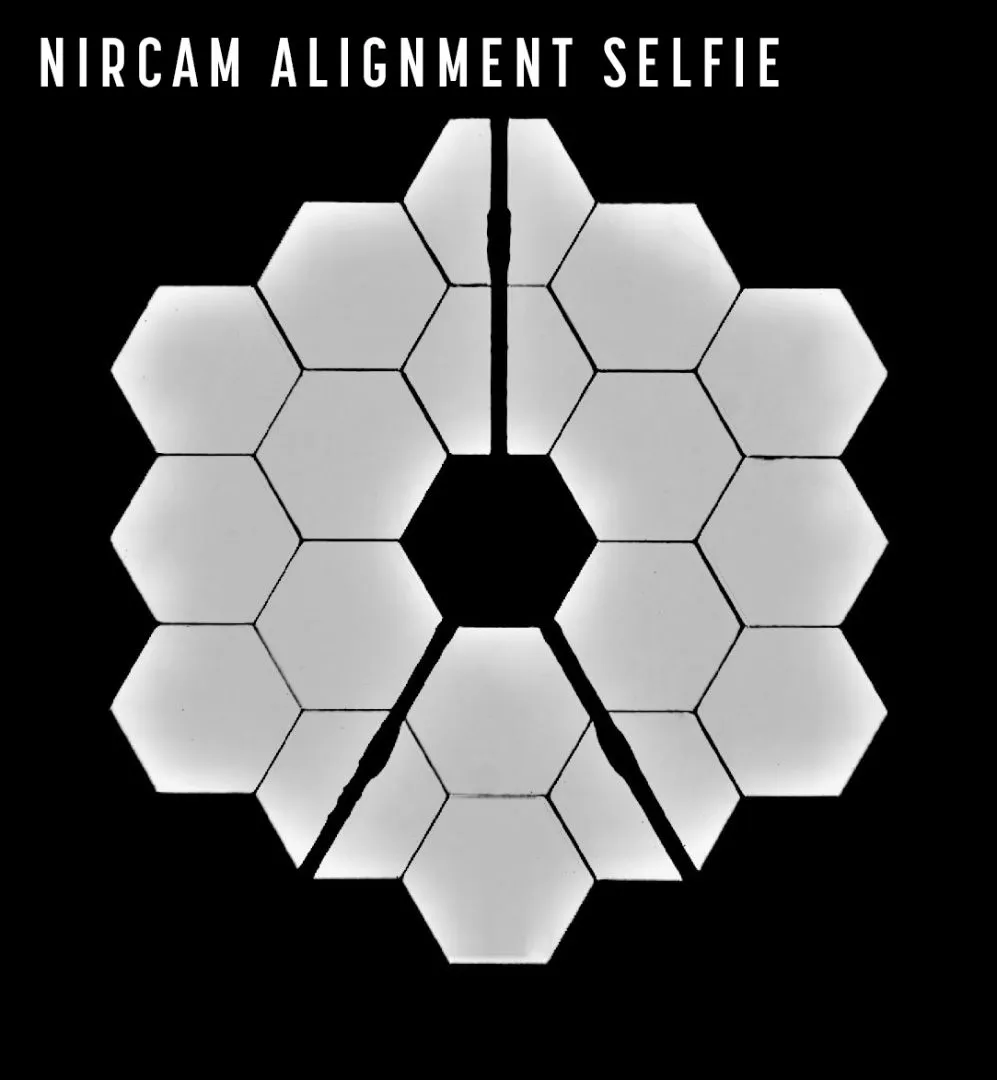There are a few ways to tell you're looking at a James Webb Space Telescope image, and one key feature is the eight spikes emanating from stars in the pictures it captures.
You may have noticed these spikes before in other images of space, for example those captured by the Hubble Space Telescope.
More on Webb images

In fact, come to think of it, even the classic drawing of a star shows pointed features emanating from the centre.
If stars like the Sun are spherical, why is this?
The pointed spikes you see around stars in images are known as 'diffraction spikes', and they're caused by the optical structure of the telescope that was used to capture the image.

Diffraction spikes simply explained
When light from a distant star is captured by a reflecting telescope – be that a back-garden Newtonian or a mammoth observatory in space – the light hits the edges of the telescope and interacts with both the primary mirror and the 'struts' that support the secondary mirror.
And as light hits these edges, it is bent and redirected, causing light waves to interact and distorting the view that reaches the camera.

"The shape of the primary mirror, in particular the number of edges it has, determines the mirror's diffraction pattern," says NASA.
"Light waves interact with those edges to create perpendicular diffraction spikes."
Strut your stuff

Struts support the secondary mirror in a reflecting telescope, and the number and position of the struts is also what determines the pattern of the diffraction spikes around stars.
The handy NASA infographic above shows the shape of diffraction spikes that are caused by single, double and triple struts in a reflecting telescope.
Webb's diffraction spikes

Stars in James Webb Space Telescope images have eight diffraction spikes: six prominent spikes and two less prominent spikes.
Webb's iconic primary mirror is made up of 18 individual segments that are each hexagonal in shape, and this is what generates the six prominent spikes.

And Webb's three-pronged struts generate 6 further, smaller diffraction spikes, four of which overlap with the diagonal spikes produced by the primary mirror, while the other two can be seen jutting out from either side of the central star.
The Hubble Space Telescope, on the other hand, has two sets of struts, each bisecting the another, and that's why stars in Hubble images only have four diffraction spikes.

In the infographic further up this page, the second row illustrates the shape of the struts in the Hubble Space Telescope, and why its stars have four diffraction spikes.
The third row represents the struts in the James Webb Space Telescope which, when combined with its primary mirror, generate eight diffraction spikes in stars.
Find out more by looking at a NASA infographic explaining Webb's diffraction spikes.
